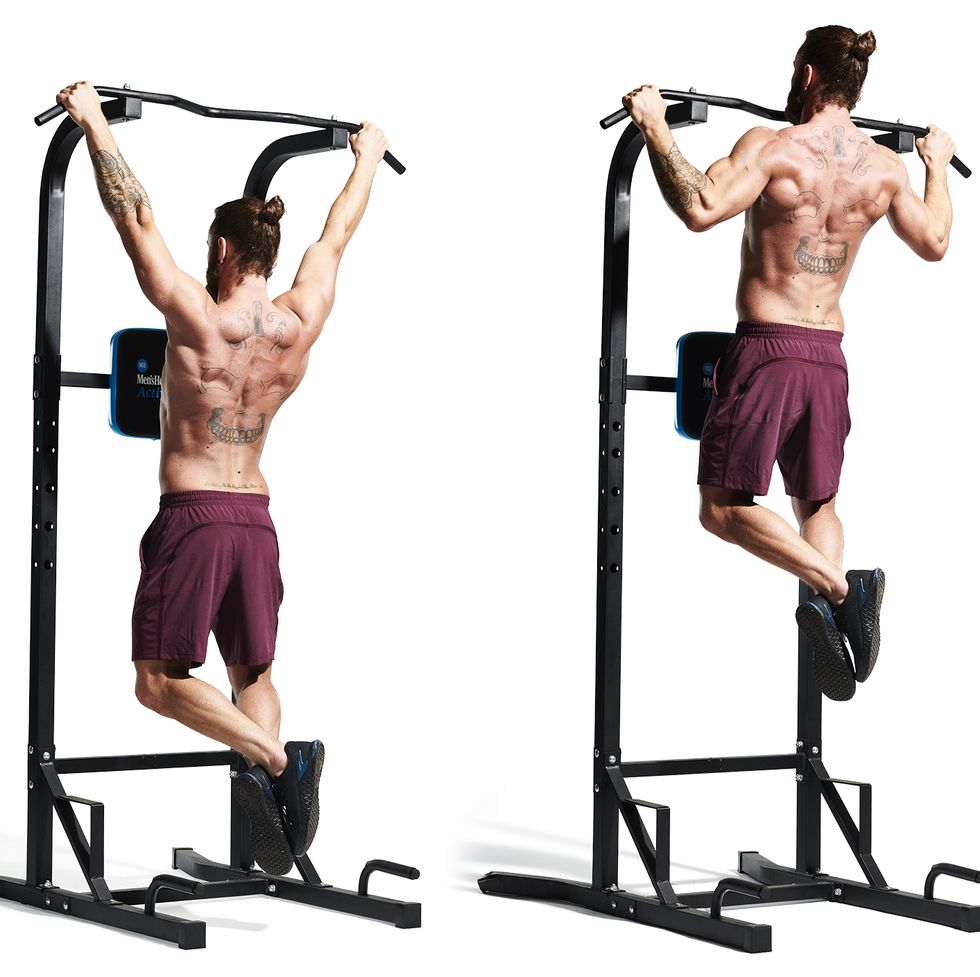
Unlocking the Power of Push-Pull Workouts
Understanding the Basics
Push-pull workouts are a dynamic training approach that divides exercises into two main categories: pushing movements and pulling movements. Each category targets different muscle groups and allows for efficient and effective full-body training. Understanding the fundamentals of push-pull workouts is essential for maximizing their benefits.
The Pushing Movements
Pushing movements primarily engage muscles involved in pushing objects away from the body. This includes exercises such as bench presses, shoulder presses, and push-ups. These movements primarily target the chest, shoulders, and triceps. Incorporating pushing exercises into your workout routine helps build upper body strength and muscle mass.
The Pulling Movements
Pulling movements, on the other hand, focus on pulling objects towards the body. This includes exercises like pull-ups, rows, and deadlifts. Pulling movements primarily target the muscles of the back, biceps, and forearms. By incorporating pulling exercises into your routine, you can improve your posture, strengthen your back muscles, and enhance overall upper body strength.
Benefits of Push-Pull Workouts
One of the key benefits of push-pull workouts is their efficiency. By grouping exercises based on movement patterns, you can streamline your workout routine and target multiple muscle groups in a single session. This not only saves time but also allows for greater muscle stimulation and growth. Additionally, push-pull workouts are highly versatile and can be adapted to suit various fitness levels and goals.
Balanced Muscle Development
Push-pull workouts promote balanced muscle development by targeting opposing muscle groups equally. This helps prevent muscle imbalances and reduces the risk of injury. By incorporating both pushing and pulling movements into your routine, you can ensure that all major muscle groups are adequately trained, leading to a symmetrical and proportionate physique.
Variety and Progression
Another advantage of push-pull workouts is the ability to incorporate a wide variety of exercises and training modalities. This keeps workouts engaging and prevents boredom, making it easier to stay consistent with your training regimen. Additionally, push-pull workouts allow for progressive overload, where you gradually increase the intensity or volume of your workouts over time to stimulate muscle growth and strength gains.
Optimizing Your Push-Pull Routine
To get the most out of your push-pull workouts, it’s essential to design a well-rounded routine that targets all major muscle groups. This includes selecting a variety of exercises for both pushing and pulling movements, as well as incorporating appropriate sets, reps, and rest intervals. Additionally, it’s important to listen to your body and adjust your workout intensity and volume as needed to avoid overtraining and promote recovery.
Sample Push-Pull Workout
A sample push-pull workout might include exercises such as bench presses, shoulder presses, and tricep dips for pushing movements, and pull-ups, rows, and bicep curls for pulling movements. Aim to perform each exercise with proper form and control, and gradually increase the weight or resistance as you become stronger and more proficient.
Incorporating Push-Pull Workouts Into Your Routine
Whether you’re a beginner or an experienced lifter, push-pull workouts can be an effective and efficient way to build strength, muscle, and overall fitness. By understanding the principles of push-pull training and designing a well-rounded workout routine, you can unlock your full potential and achieve your fitness goals. So why wait? Give push-pull workouts a try and experience the benefits for yourself! Read more about push pull workout




